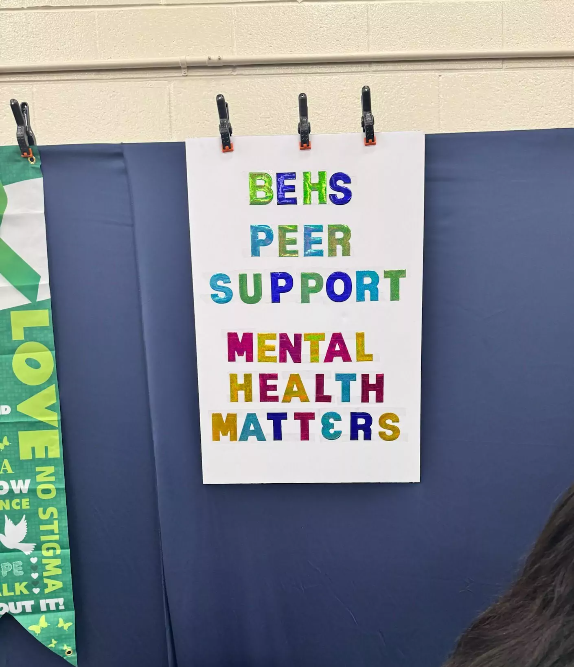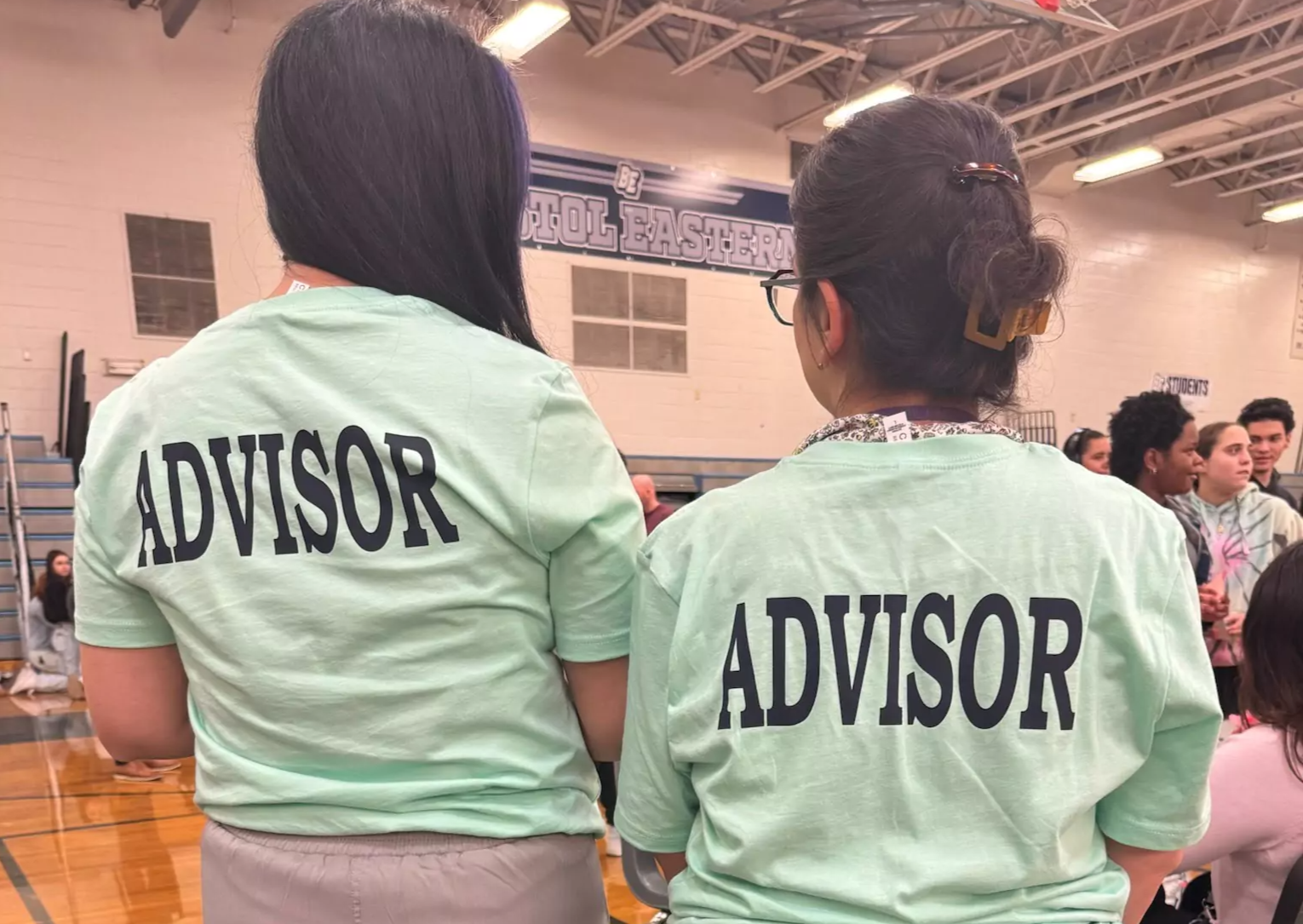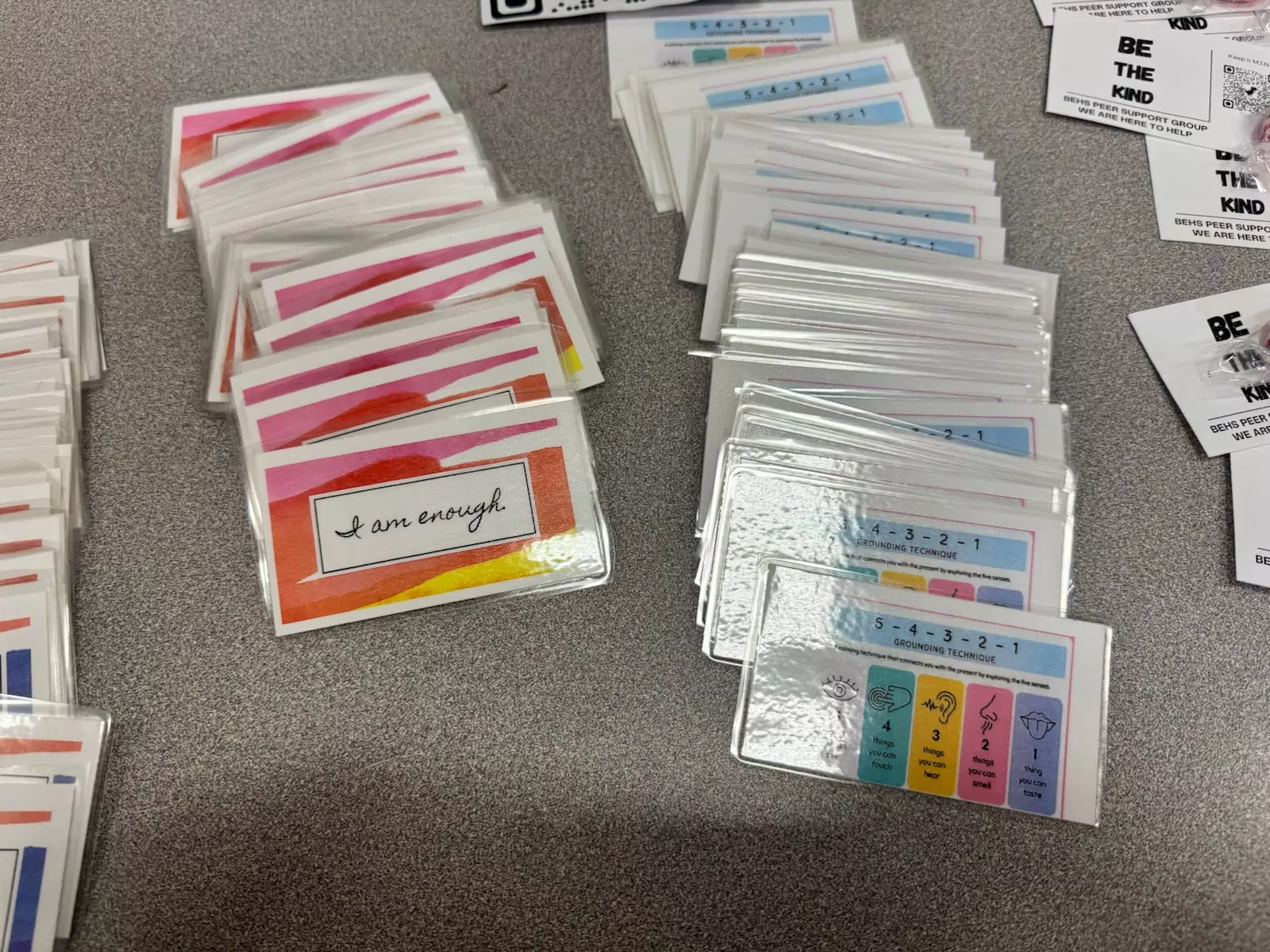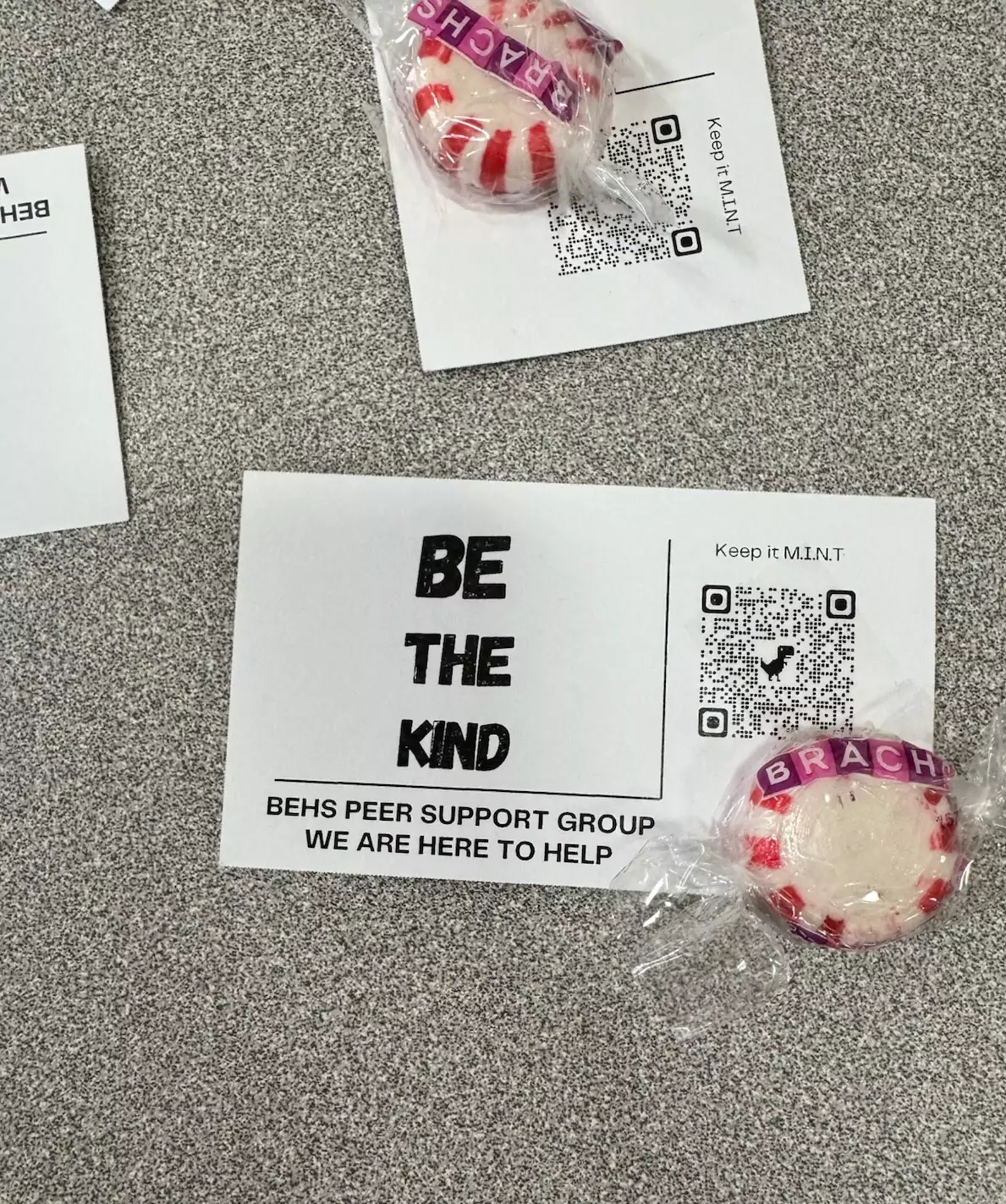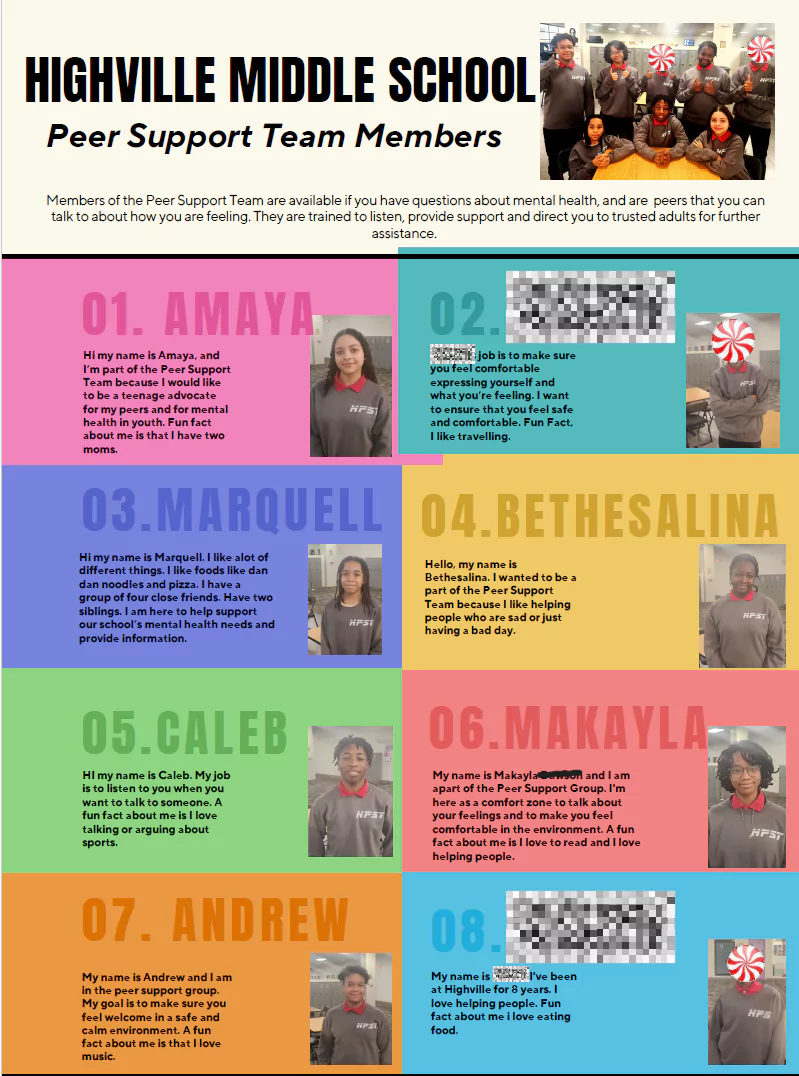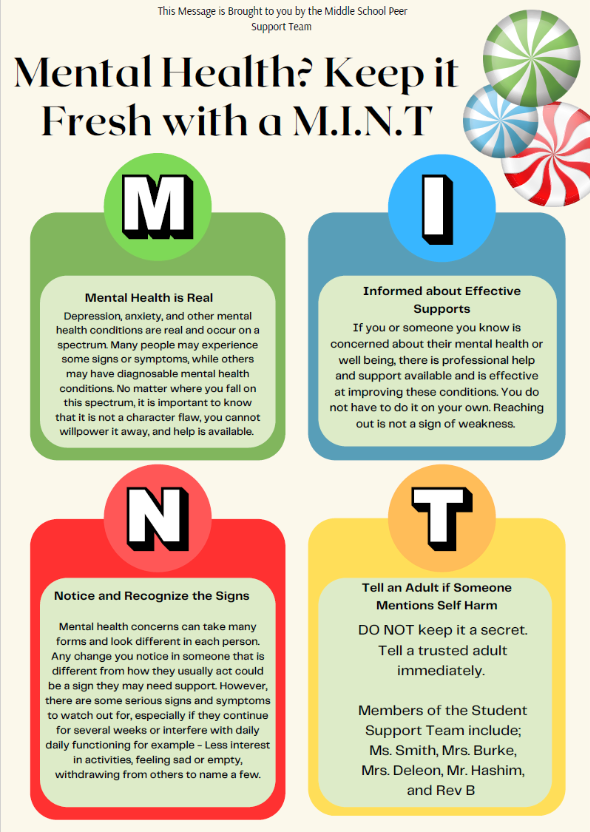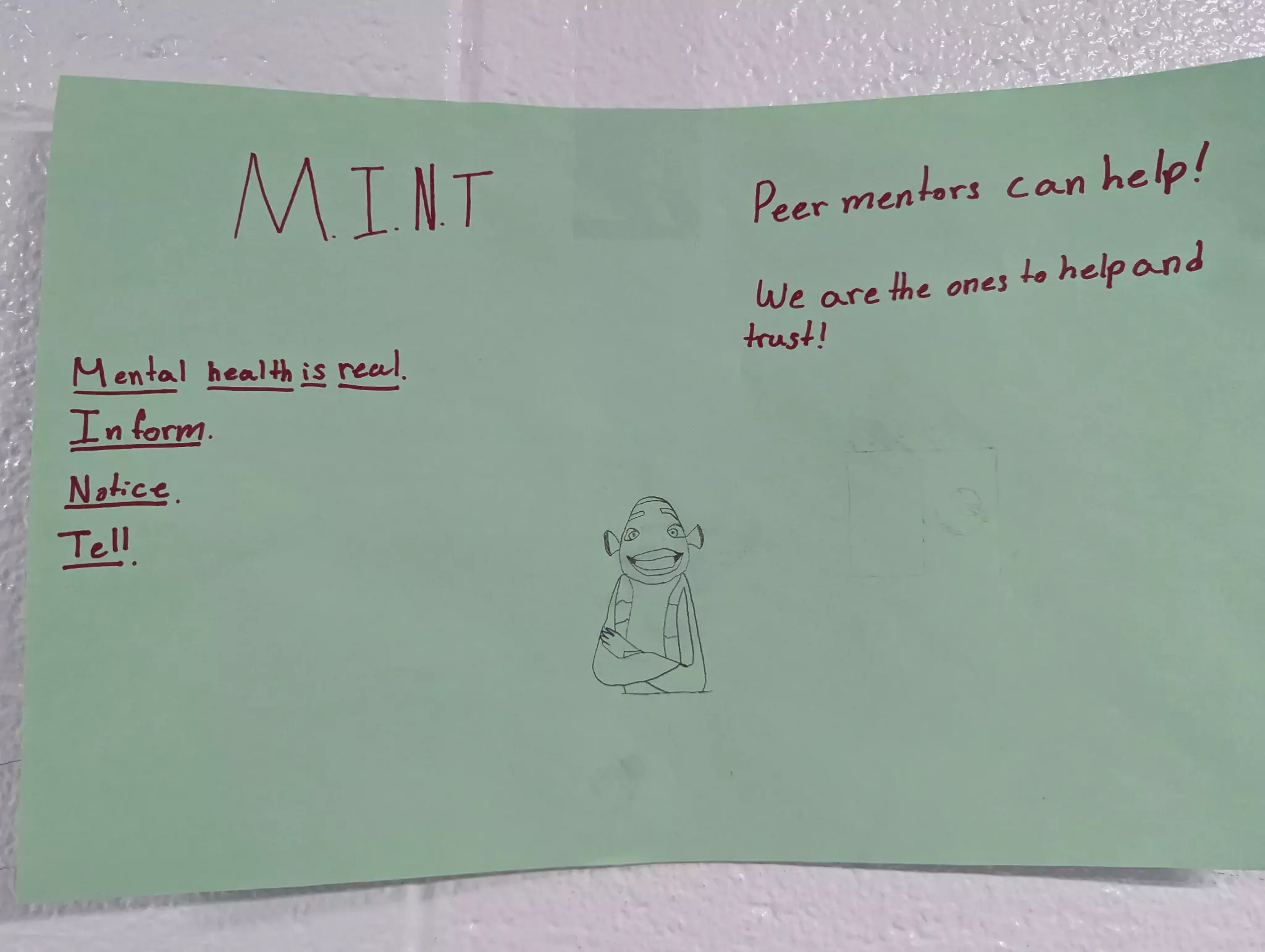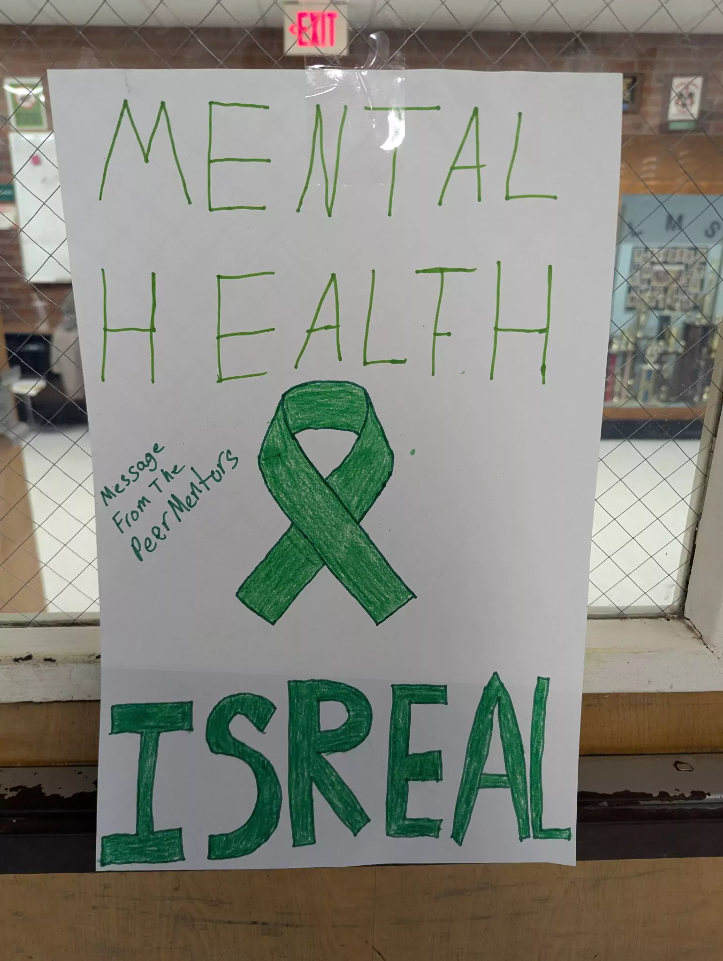Leading the Way: Connecticut Students Piloting CHDI Peer Support Model Show Their Work
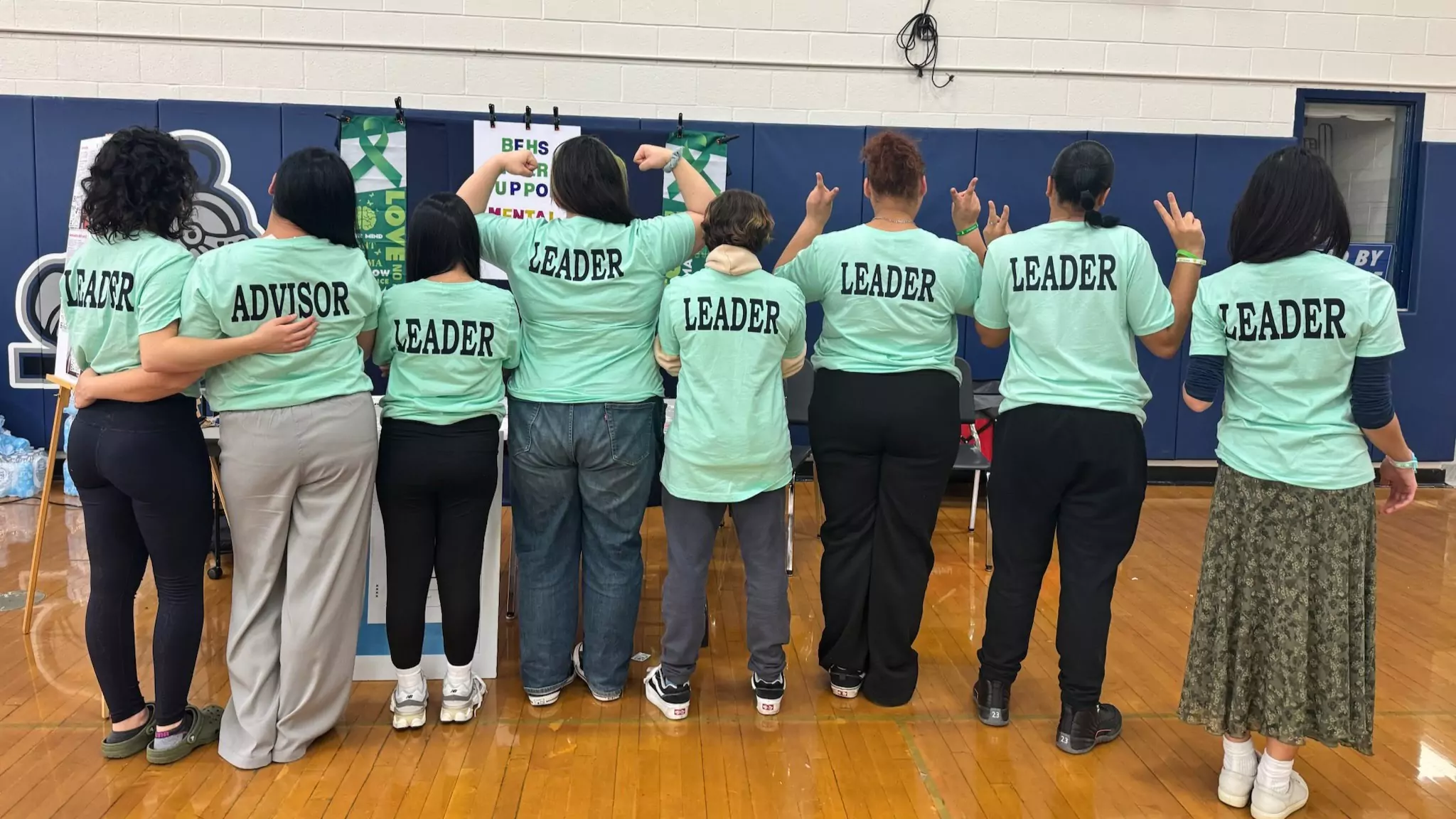
When we listen to youth and involve them in developing mental health programming, it's a game-changer.
That's one of the key takeaways from CHDI's first year piloting a new school-based peer support model with four Connecticut schools: Students Supporting Students.
Developed by CHDI in response to Public Act 22-47 and based on current research and best practices from around the country, this new model trains and empowers students to recognize the signs and symptoms of mental health challenges. Peer support teams then educate fellow students on behavioral health resources and supports available through their schools and communities, with the goals of reducing the stigma around mental health and encouraging peers to seek help from trusted adults.
Similar programs have been shown to positively impact the well-being of both students receiving peer support and those serving on peer teams. Schools that have peer support programs in place may also foster a more positive school climate, which impacts all students and staff. Additionally, serving on a peer team can strengthen students’ leadership and communication skills.
As part of this pilot project, student-led teams at Highville Charter School in New Haven, Lebanon Middle School and Lyman Memorial High School in Lebanon, and Bristol Eastern High School first participated in training with CHDI and the National Alliance on Mental Illness' Connecticut chapter (NAMI-CT) to learn how to recognize mental health signs and symptoms in peers, reduce stigma, and encourage peers to seek help from trusted adults at school.
With ongoing support from staff advisors and CHDI, the student teams then got to work, planning a range of activities to connect with and inform their fellow students about mental health. While CHDI provided initial training, new Student Peer Support guides for students and advisors, and ongoing technical assistance, the student teams were empowered to develop mental health campaigns and activities that best fit their own unique school communities.
“Now more than ever, it is important to engage youth in co-creating spaces within their schools that are welcoming, supportive, and aligned with their values,” says Jamie LoCurto, PhD, a CHDI Senior Associate who is leading the model’s development. “These four schools have embodied this through their unique mental health campaigns, which allowed flexibility in what students chose to highlight while providing structured support in how to implement the program.”
Spring 2025 Peer Support Team Activities
Check out these photos of some of the student peer teams’ activities this spring (shared here with permission):
Students Leading the Way
Staff advisors at the pilot schools say that their students’ leadership made all the difference in connecting and building trust with their peers.
“I have learned that any mental health or SEL initiative geared towards students must have the support, guidance, and buy-in of the student body,” says Claire Smith, teacher and Dean of Grades 6-12 at Highville Charter School in New Haven. “What we think is happening as adults and what students are experiencing may be two very different things. Having student-driven initiatives and programming has increased the impact of the messaging.”
Watching their students lead these efforts also helped staff to see them in a different light. “As a staff member, it has helped me… [realize] that we can educate our students, give them the tools, and allow them to accomplish their goals,” says Davina Burke, a behavior specialist at Highville Charter who served alongside Smith as a staff advisor. “It was refreshing to see that as educators, we could take a step back and observe their hard work unfold.”
Read more about Highville Charter School’s experience in our recent Q&A.
Sharing Lessons Learned
While a full analysis of data and outcomes from the pilot won’t be completed until after the school year ends, the teams at each school are already discussing what worked well and what to build upon in the future. Their insights will not only inform future efforts at their own schools, but also help CHDI refine the model before expanding to other schools.
For example, Lebanon Middle School, which has students in fifth through eighth grade, decided to separate their peer support teams into two groups: one for fifth and sixth graders and one for seventh and eighth graders.
“That is a huge gap,” says Vicktrie Hilario, a paraprofessional at Lebanon Middle School who serves as a staff advisor to the peer support team. “What is stressful for our fifth graders is quite different from the struggles that a seventh or eighth grader has.”
On the other hand, the school saw the potential benefits of younger students being able to learn and get support from older students – for both age groups. So they decided to meet twice a month: once with their own age group, and once with all four grades together.
“This gives the younger kids time to express themselves and what's happening at their level in a way that doesn’t feel as intimidating,” she says. “And when we all meet together, it’s a great opportunity for the older kids to be a source of strength and support for the younger kids.”
When asked what advice they would give to other schools interested in implementing a peer support model, the advisors from Highville Charter reiterated that student leadership is key.
“My advice to other schools who plan to do this would be to give the students space,” says Burke. “They need to be the driving force.”
Read more about Lebanon Middle School’s experience in our recent Q&A.
“I have learned that any mental health or SEL initiative geared towards students must have the support, guidance, and buy-in of the student body.”
Looking to the Future
Each of the pilot schools plans to continue the Students Supporting Students program next year, citing this year’s positive experience.
“This initiative [is] helping students who may have been reticent to ask about and or share their experiences with mental health,” says Burke. “My hope is that [long-term], students will familiarize themselves [with the peer support program] even more. This initiative is new, but it would be amazing to have this become a norm... I am hoping that we can become one the first stops for students when they face mental health challenges.”
Over the summer, CHDI's team will analyze qualitative and quantitative data and feedback from our pilot schools to help further strengthen and refine the Students Supporting Students model before it is disseminated more widely.
“After gathering input from students and staff when the pilot ends, we hope to enhance our materials to better support schools in implementing the program," says LoCurto. "We are grateful for the partnership and collaboration with these four schools and hope to continue to implement this program in other districts in the future.”
We look forward to sharing more key insights and outcomes from the Students Supporting Students pilot this fall. Stay tuned!
Interested in bringing the Students Supporting Students model to your school? Submit this form to download our Peer Support guides for advisors and students. We strongly encourage schools to contact us before using the guides so that we can provide guidance and support to help you implement the program successfully.
To get free technical assistance and support to implement Students Supporting Students in conjunction with other school mental health initiatives as part of a comprehensive school mental health approach, contact Project Coordinator Sarah White, LMSW at swhite@chdi.org, or click here to learn more about the CONNECT IV Students initiative.
